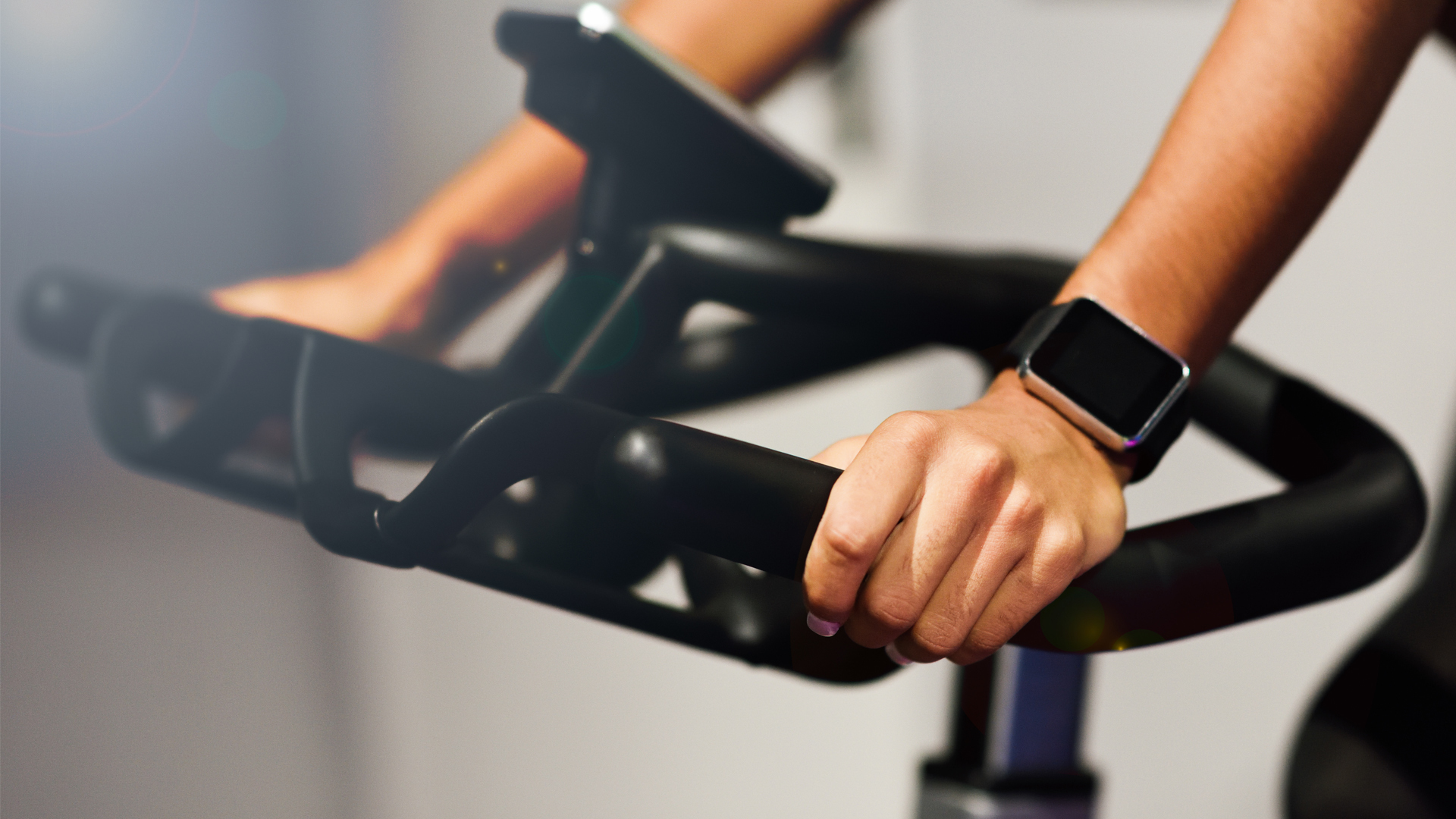Recumbent bikes vs upright bikes: What's the difference?
Recumbent bikes and upright bikes: we reveal the major differences as well as how they can help you get fitter at home.

If you’re not sure what the difference is between recumbent bikes vs upright bikes, this article will answer all your questions. Indoor cycling is more popular than ever thanks to the COVID-19 pandemic, but it can be confusing to know which type of exercise bike will best suit your needs, fitness level and budget. You can have a look at our buying guide for the best exercise bikes to see our recommendations.
Are exercise bikes good for weight loss and good for cardio? A study from the Medical and Science in Sports and Exercise journal found that just 30-45 minutes of cycling could boost your metabolism and keep it raised for most of the day. As you push and pull on the pedals of an exercise bike, you meet resistance, which is a great cardio workout which helps build muscle and increases the rate you burn calories, which can promote weight loss.
We’ll break it down for you: there are two main types - recumbent and upright, and we’re here to tell you all about what each bike does, how they differ in design, which muscles they work and which one you should buy.
Recumbent bikes vs stationary bikes: what are they?
There are a number of different shapes and sizes of exercise bikes available for indoor workouts, but it’s crucial to get down to the differences in recumbent bikes vs stationary bikes. A stationary bike is one that you sit on and pedal like a regular bike, but the important difference, of course, is that it does not move forwards – there’s no crashing into walls here.
A stationary upright bike is designed to mimic a regular bike in terms of riding position, and so the crank is positioned vertically below the seat. They work by using one of two types of resistance – magnetic or a belt – to slow the flywheel (which can either be at the front or back), which you power via the pedals. Belts are more basic, and often found in bikes used in spin classes. Magnetic resistance bikes require a mains power connection, and when you dial up the resistance via the electric panel on the handlebars, the amount of electricity passing through the magnet builds, increasing the resistance applied to the flywheel thereby making it harder to pedal, meaning you have to increase your effort and burn more calories.

Recumbent exercise bikes, meanwhile, are designed so that users cycle in a more reclined rather than upright position – the word recumbent is defined as lying down or leaning back so you are almost lying down. Most recumbent bikes feature a more traditional ‘seat’ rather than a saddle, with a wide base and a backrest. You stretch your legs out in front of you to reach the pedals, as the crank is usually horizontally in line with the seat. Recumbent bikes can provide a more leisurely workout with a lower impact on your lower body, and many users can read or watch TV while using the bike.
If you're wondering how effective they are, we have a guide to how to get the most out of your exercise bike, which will help you exercise more efficiently.
Get the world’s most fascinating discoveries delivered straight to your inbox.
Recumbent vs stationary bikes: what muscles do they work?
Both of these styles of exercise bike provide a low-impact form of fitness, as cycling does not put a strain on your hips, knees and ankles, especially when compared to higher-impact sports such as running.
Cycling works the gluteal muscles, rectus femoris, hamstrings and gastrocnemius and soleus muscles in the lower leg. In addition to this, upright cycling in particular works the abdominal muscles as you work to keep your body upright, and back muscles to maintain a stable posture while riding.
An International Journal of Sports Physical Therapy study of electromyography during pedaling on upright and recumbent bikes found that during moderate exercise, the recumbent bike worked two muscles harder – the semitendinosus in the hamstring and tibialis anterior, located along the shin, while the rectus femoris muscle (part of the quadricep group) was put under a greater workload on the upright bike.
And although lower-impact exercise is seen as a positive, it’s worth bearing in mind that a study in the BMJ Open Sport & Exercise Medicine found that professional cyclists have lower bone mineral density (which can indicate a higher risk of developing osteoporosis) than those who exercise regularly but don’t cycle. This suggests that you should not just cycle exclusively, and instead take part in other forms of exercise in order to build bone strength.
- Related: Does bike riding work your abs?
Recumbent bikes vs stationary bikes: who would these bikes suit?
When it comes to recumbent bikes vs stationary bikes, both types of bike, if used regularly, build mobility and muscle strength, strengthen bones, increase cardiovascular fitness, lung capacity, and burn calories. It can also benefit mental health – in this 2009 study in Neuropsychobiology, researchers found that exercise ensures successful brain functioning by affecting neurotransmitter release and altering cerebral blood flow.
Upright stationary bikes suit almost anyone looking to get fit or improve their fitness, whether they’re new to cycling or regularly take to two wheels. There is such a huge variety of exercise bikes on offer that whatever level you are, and whatever type of workout you are looking for, you will discover something to suit your needs.
Keen cyclists will find higher-end upright bikes that aim to replicate the feeling of cycling on the road by designing their ergonomics to mimic road bikes and higher levels of resistance that can easily be dialed up or down when you are working out indoors.

Recumbent bikes, meanwhile, put less stress on joints and muscles than upright bikes due to the fact that you are in a reclined position, which makes them ideal for anyone recovering from a lower-limb injury or those suffering from back problems. They are also perfect for wheelchair users and those with mobility issues due to the seat being so close to the ground, providing easier access to get in and out of the machine. Recumbent bikes are also popular with seniors who are looking to stay mobile and get regular exercise rather than burning a tonne of calories. It’s worth bearing in mind that although recumbent bikes work the lower body, they don’t have an effect on the upper body due to the fact your trunk is supported by the chair.
- Read more: Peloton vs Echelon: Which is better?
When not seeking out new running and cycling trails, Howard writes about all things health and fitness as a freelance writer for a range of newspapers, magazines and websites. Howard’s writing has featured in publications including ShortList, The Telegraph, The Times, T3, Mpora, The Week Junior, Red Bull, Red Bulletin, Runner’s World, Trail Running, Women's Running, Fit&Well, Cycling Weekly, Penguin.co.uk. Howard studied Journalism, Film and Broadcasting at Cardiff University, and also has a postgraduate diploma in Magazine Journalism from the same university.



